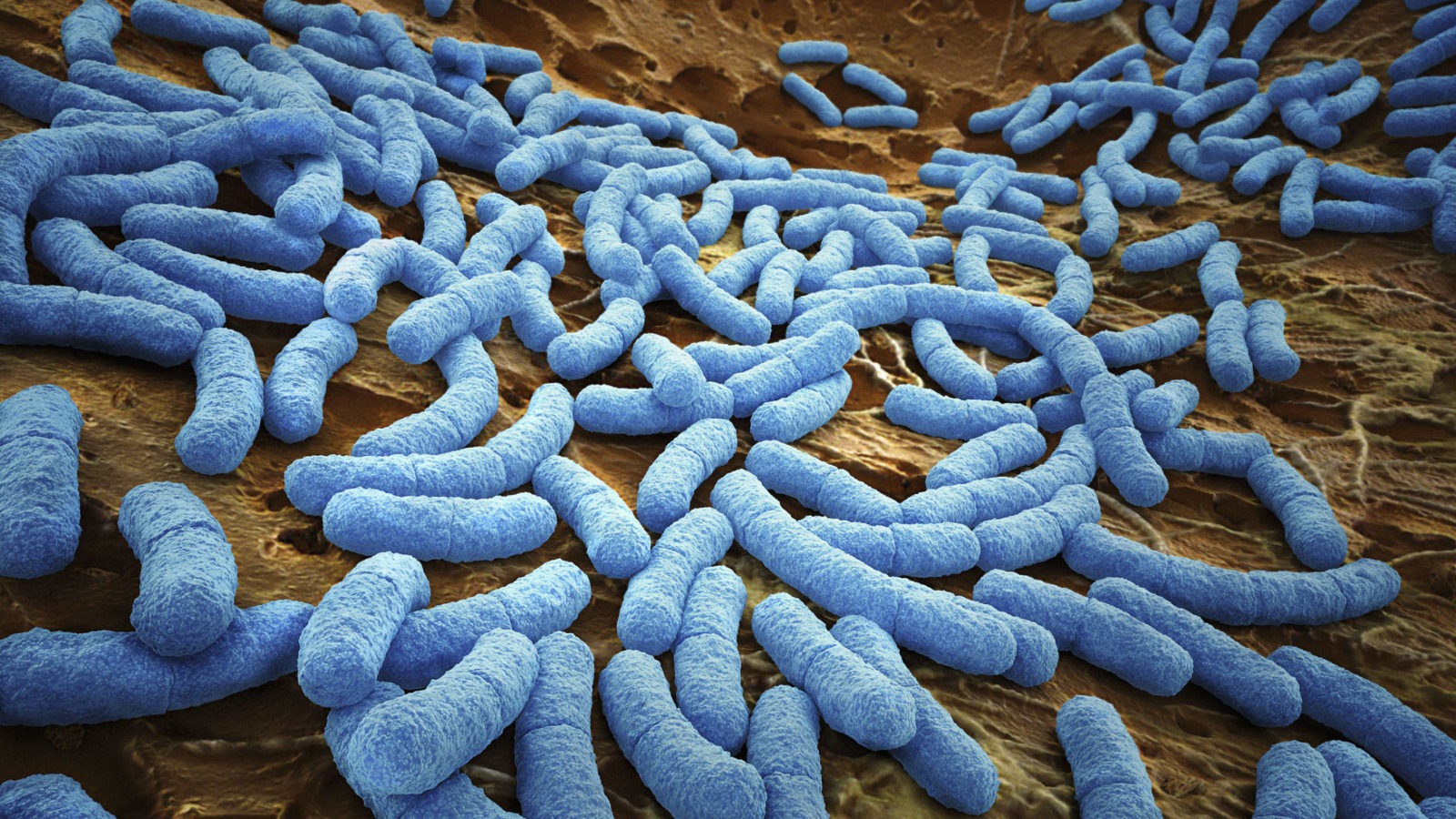
The scientific community has identified a fresh microorganism named Candidatus Electrothrix yaqonensis, demonstrating electrical conductivity abilities. The bacterium exists in Oregon coast mudflats, behaving like a natural electrical wire. Scientists published significant findings regarding bioelectronic future applications in Applied and Environmental Microbiology, which could lead to prospective medical uses and environmental tracking, together with food protection and industrial systems.
Context:
-
The extraordinary find disrupts widely accepted scientific knowledge related to electricity transmission within biological organisms.
-
The bacterium differs from electric eels because it transfers ongoing electron movement during its metabolic process.
-
The discovery gives engineers better access to microbial technologies that serve synthetic biology and green technology goals.
Key Highlights:
Name and Classification:
-
Scientific Name: Candidatus Electrothrix yaqonensis
-
Classification: Bacterium (prokaryotic, filamentous type)
Discovery Location/Ecosystem:
-
This bacterium exists within mudflats at the Oregon coast, where microorganisms thrive due to low oxygen conditions.
Bioelectronics Potential:
-
This organism enables the development of bioelectronic components that include bacterial sensors and fuel-generating devices, and integrated biological networks.
-
The microorganism provides a natural approach to breaking down electronic devices that can substitute for conventional technologies.
Cultural and Environmental Significance:
-
Bacteria specialists named the microorganism after indigenous American populations who resided in the discovery region.
-
The discovery of this bacterium promotes recognition of biological and cultural elements contained within scientific discoveries.
Applications Across Sectors:
Medical applications include both smart implants and wound-monitoring devices, and bio-compatible interfaces.
-
Environmental Monitoring: Pollution sensors, bioremediation.
-
Food Safety: Bacteria-based detection of contamination.
-
Sustainable Energy: Microbial fuel cells generate electricity from waste.
India-Specific Perspective:
-
Potential for research collaboration via CSIR, DBT, IITs, and BIRAC under the National Biotechnology Development Strategy.
-
Scope for integration in Make in India and Startup India for bio-based innovations.
-
Relevance to India’s energy security goals and National Bio-Energy Mission.
What is Bioelectronics?
Definition and Significance:
-
Bioelectronics functions as a multifaceted scientific intersection between biological sciences and electronics to manufacture technology systems that work with living systems across healthcare, the production sector, and the environmental domain.
-
Modern electronic devices include biological materials along with systems that act as fundamental operational parts.
Applications in Medicine:
-
The functions of pacemakers depend on electric impulses which regulate cardiac rhythm patterns.
-
Biosensors analyze biological signals and transform them into electronic measurements for diagnostic purposes together with glucose test applications and infection or toxin detection.
Emerging Interface Between Biology and Electronics:
-
Bioelectronics marks an evolutionary leap that enables scientists to engineer living organisms or deploy microbes directly for accomplishing electronic operations.
-
The discovery of electricity-conducting microbes, such as Ca. The research discovery of Electrothrix yaqonensis has led to significant progress through its potential use for replacing existing synthetic electrical components with sustainable biological systems that will disintegrate naturally.
Conclusion
The discovery of Ca. The advancement in bioelectronics becomes more exciting through the discovery of Electrothrix yaqonensis. The conductive properties of this newly created organism present several sustainable and innovative applications across medical practices and food protection systems and environmental preservation measures. This study expands biological system research for technological development that holds promise to transform various industries and generate better living solutions.



 EOS-09 Satellite to be Launched on 18th May to enhance India’s Border Monitoring
EOS-09 Satellite to be Launched on 18th May to enhance India’s Border Monitoring Mithridatism and the Quest for Universal Antivenoms: Ancient Practice Meets Modern Science
Mithridatism and the Quest for Universal Antivenoms: Ancient Practice Meets Modern Science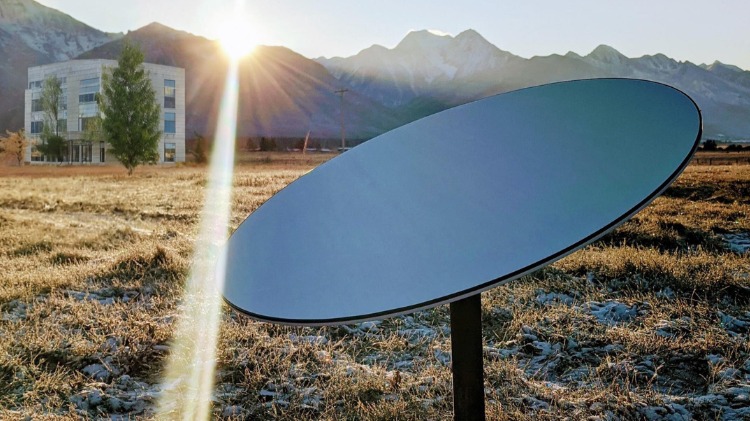 Starlink’s India Challenge: Balancing Innovation, Security, and Sovereignty
Starlink’s India Challenge: Balancing Innovation, Security, and Sovereignty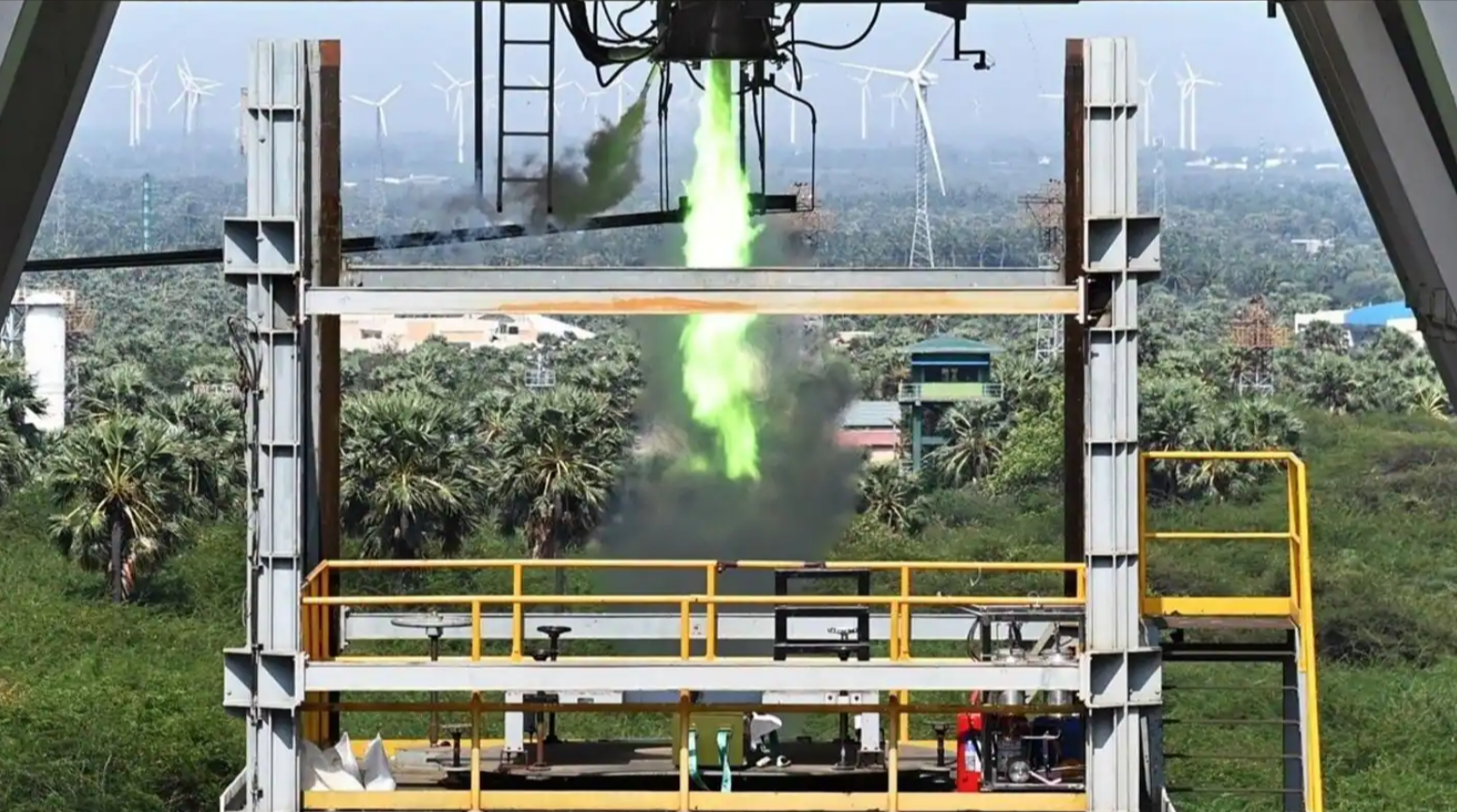 ISRO Successfully Conducts Second Short Hot Test of Semicryogenic Engine
ISRO Successfully Conducts Second Short Hot Test of Semicryogenic Engine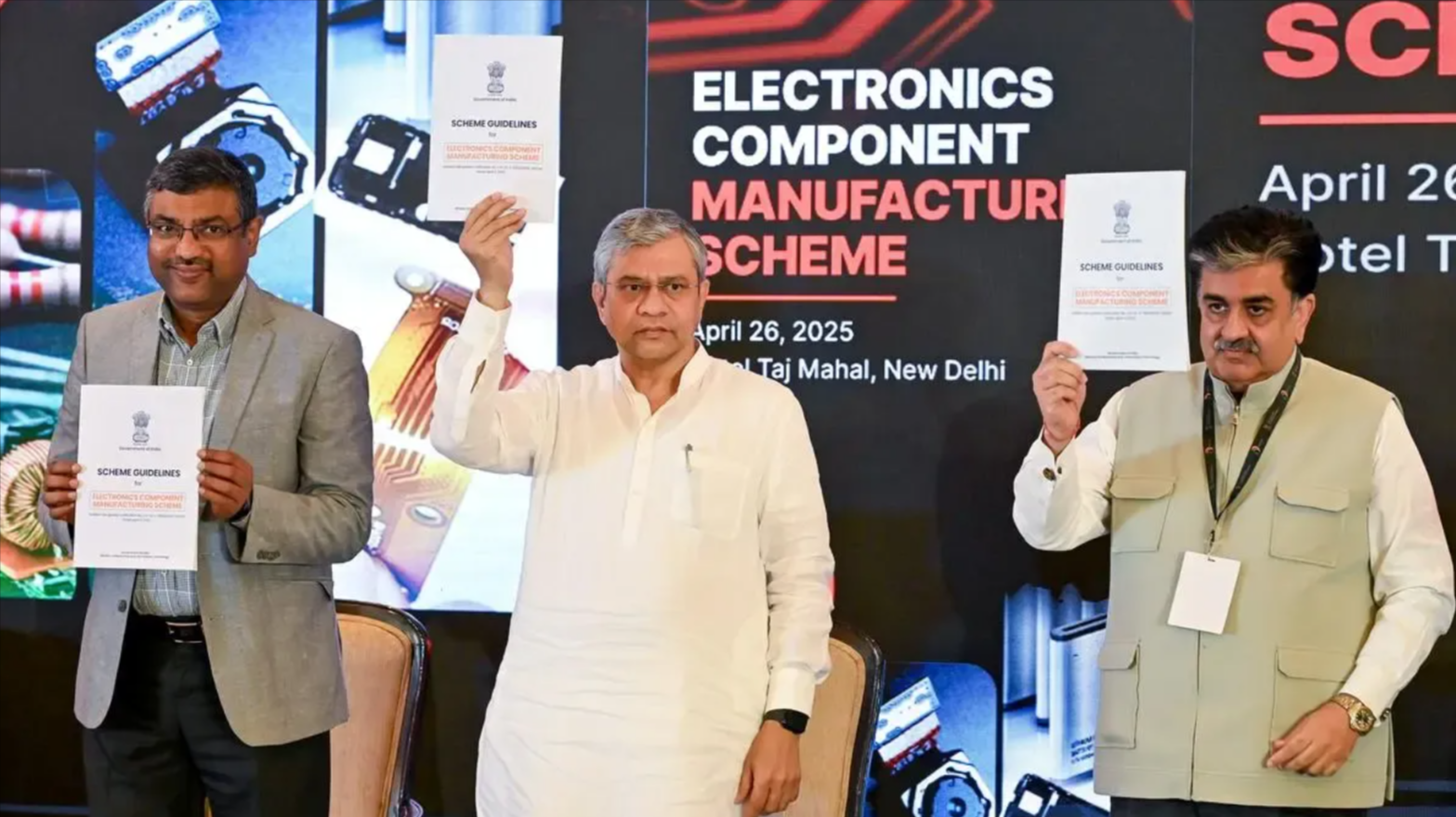 Sarvam AI Selected to Build India’s First Homegrown Sovereign AI Model Under IndiaAI Mission
Sarvam AI Selected to Build India’s First Homegrown Sovereign AI Model Under IndiaAI Mission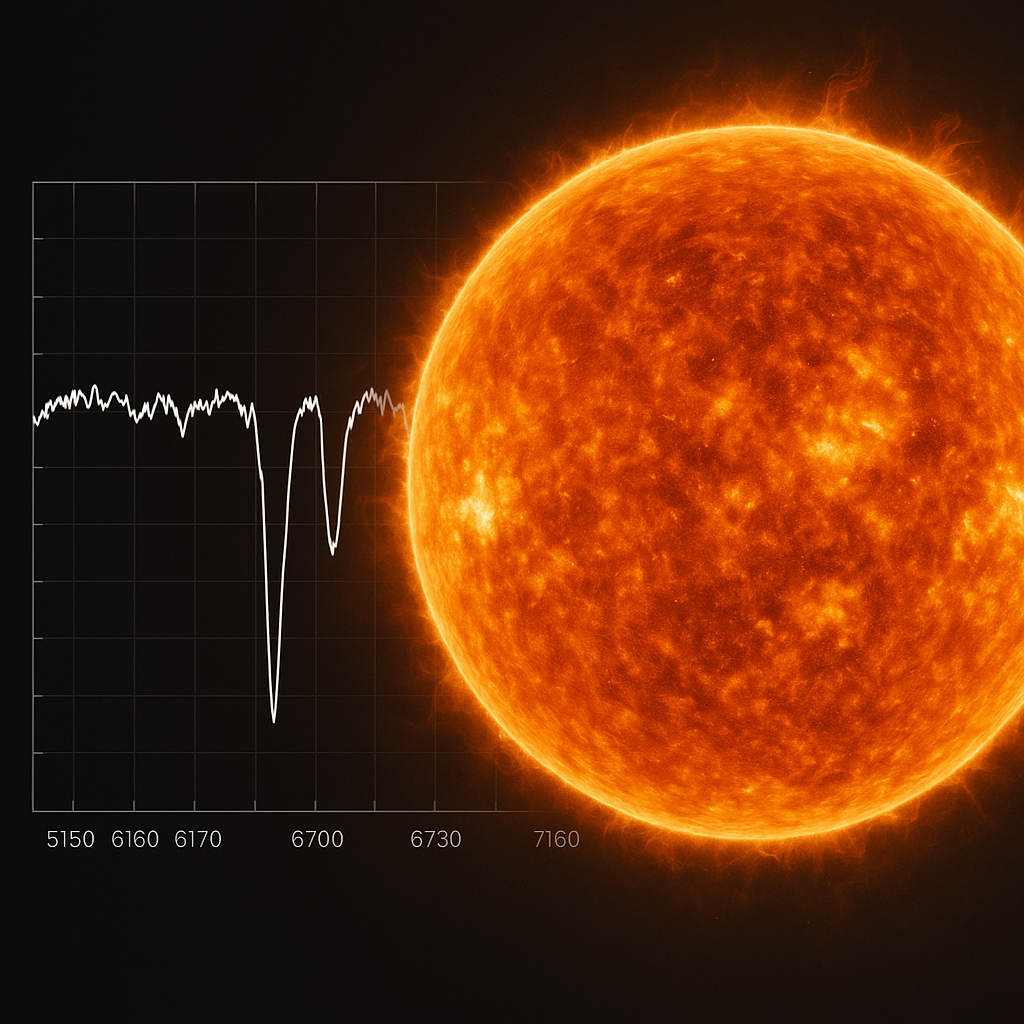 IIA Achieves Breakthrough in Measuring Helium Abundance in the Sun
IIA Achieves Breakthrough in Measuring Helium Abundance in the Sun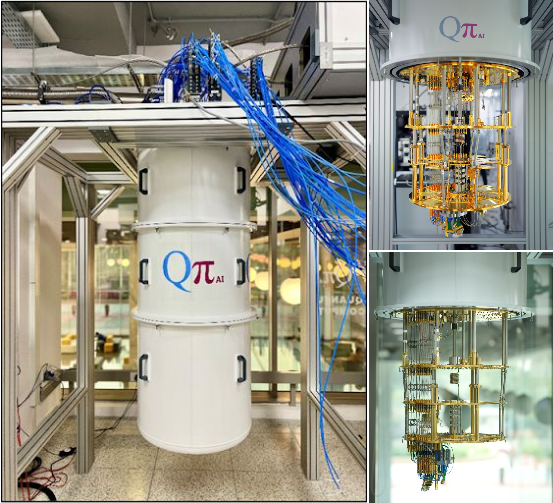 QpiAI Launches India’s First Full-Stack Quantum Computer, QpiAI-Indus, on World Quantum Day
QpiAI Launches India’s First Full-Stack Quantum Computer, QpiAI-Indus, on World Quantum Day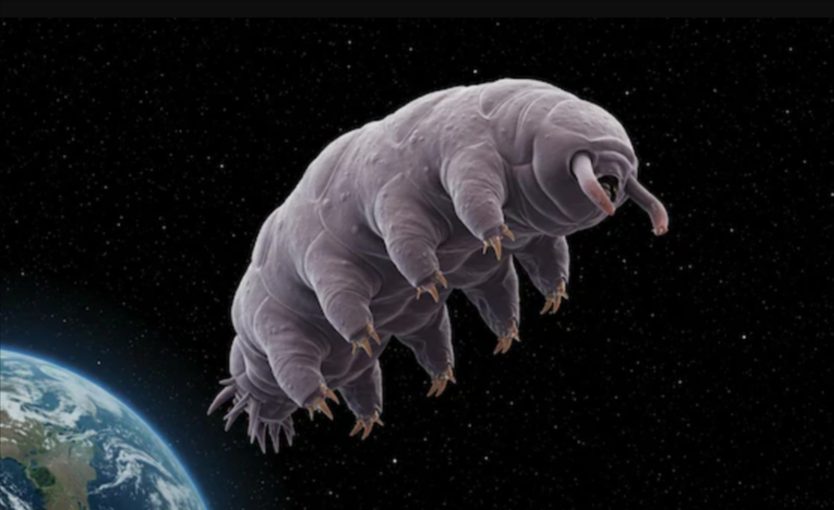 ISRO to Send Tardigrades on Axiom-4 Mission: A Step Towards Advancing Space Research
ISRO to Send Tardigrades on Axiom-4 Mission: A Step Towards Advancing Space Research TERI's Nano Sulphur Breakthrough in Mustard Cultivation
TERI's Nano Sulphur Breakthrough in Mustard Cultivation






